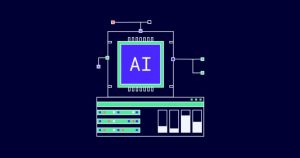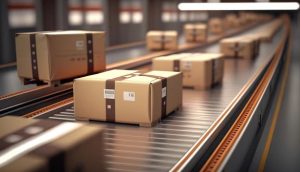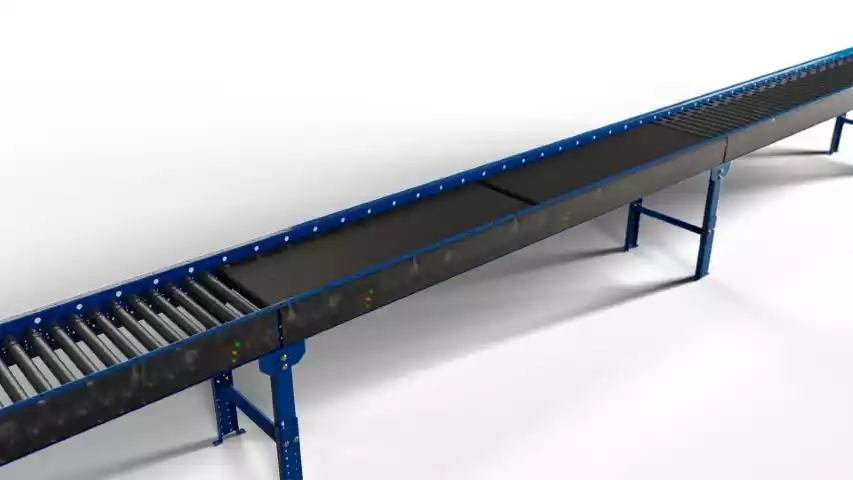The integration of AI into conveyor systems is just the beginning. As technology advances, the potential for AI to further transform warehouse operations is enormous, promising to enhance accuracy, efficiency, and overall productivity.
Advanced Machine Learning
As AI systems gather more data, they will become increasingly sophisticated. Advanced machine learning algorithms will allow conveyor systems to make more complex decisions based on historical performance and real-time conditions. For instance, these algorithms can analyze patterns in item movement, predict peak periods of demand, and optimize sorting routes, leading to even fewer errors in inventory management.
This enhanced capability can significantly reduce the misplacement of items within the automated storage and retrieval (ASR) systems, ensuring that products are always accessible when needed. By anticipating potential bottlenecks and dynamically adjusting workflows, AI can increase productivity across the entire warehouse. This ability to adapt in real-time is invaluable in a landscape where demand can shift rapidly.
AI-Powered Robotics
The combination of AI and robotics in conveyor systems will push automation to new heights. Robots equipped with AI will be capable of handling complex tasks like picking and packing with minimal human intervention. These intelligent machines can navigate the warehouse floor, adjusting their actions based on the surrounding environment, identifying optimal routes, and even responding to unexpected obstacles.
This evolution not only reduces labor costs but also enhances the speed and accuracy of operations. By integrating AI-powered robotics into the retrieval system (often referred to as RS), warehouses can streamline processes, from receiving inventory to fulfilling orders. The result is a more efficient workflow that minimizes downtime and accelerates order fulfillment, ultimately benefiting the bottom line.
Integration with IoT
The Internet of Things (IoT) will play a crucial role in the future of AI-driven conveyor systems. By connecting all elements of the warehouse—from conveyors to sensors to robots—IoT will enable greater data collection and analysis than ever before. This interconnected network facilitates real-time communication between devices, ensuring that every component of the warehouse operates in harmony.
For example, IoT sensors can monitor equipment health and performance metrics, enabling vibration analysis to detect potential issues before they lead to equipment failure. By identifying unusual vibrations or operational inefficiencies, warehouses can schedule maintenance proactively, minimizing unplanned downtime and ensuring that the automated storage and retrieval system remains fully operational.
Real-Time Optimization
With IoT integration, the potential for real-time optimization and decision-making is expanded dramatically. AI can analyze data streams from various sources—such as inventory levels, equipment performance, and order patterns—to make informed decisions that enhance efficiency. This capability allows warehouses to adapt to changing conditions swiftly, optimizing workflows to ensure that products are stored and retrieved in the most efficient manner possible.
In summary, the future of AI-driven conveyor systems in warehouses holds tremendous promise. As advanced machine learning algorithms evolve, AI-powered robotics become more capable, and IoT connectivity enhances data collection, the potential for streamlined operations and increased efficiency is vast. By embracing these technologies, warehouses can not only improve accuracy but also redefine what is possible in inventory management, ensuring they remain competitive in an increasingly fast-paced market.








